Although running a full marathon is considered one of the toughest races, it’s not considered to be as bad for your knees as a half-marathon.
In fact, many people who have tried jogging any distance over 3 miles (5 kilometers) without knee pain report that they had no problem during long runs. But if you don’t listen to your body and continue training on the same routine even when you’re feeling aches or pains in your knees, this may actually cause more harm than good for both beginners and experienced runners alike.
Read More: 10 Best Treadmills For Bad Knees in 2021 – Reviews & Buying Guide
Contents
Why Do My Knees Hurt on the Treadmill – Factors Involved
It also doesn’t help that there are several factors involved in causing knee pain while jogging, such as:
Weak quads
Leg muscles are mainly responsible for stabilizing the knees during running, so if you have weak quads, your knees are not about to get any support from them.
Inconsistent stride
Sometimes when you’re jogging, your gait and foot placement may look all over the place – this includes pulling off either side of your feet while leaning forward due to fatigue or a non-optimal running form. These instances may put more pressure on the kneecaps and increase chances of suffering knee pains.
Tight hamstrings/IT band
Having tight muscles in the lower leg usually causes other parts of that body part to compensate for movements that should’ve been done by these muscles instead. This effectively results in muscle imbalance which could also lead to aches and pains in the knees while running.
Flat feet (pronating)
If you have flat or pronated feet, it is more likely that problems will arise since there are no arches on your soles to help absorb shock when running. This means that even if you wear the right kind of shoes for training, it’s not enough to provide adequate support on long distance runs – especially downhill ones.

Why Do My Knees Hurt on the Treadmill – Do’s and Don’ts
Meanwhile, if you already have knee pain after a few miles of jogging, here are some do’s and don’ts to get around this problem:
Do stretch before running
Make sure to loosen up those muscles and joints with stretches before getting into running. Stretching gives your body time to warm up so that blood can flow to the muscles that you’ll be using for your training. This way, when you run, your knees won’t have a hard time supporting your body weight and will allow you to cover more distance without feeling any pains or aches.
Do wear the right shoes
Wearing sneakers that are not meant for jogging can also result in knee troubles since they don’t provide enough support – this includes wearing shoes with flat soles or those with high heels (running on sand is another big NO!). Make sure that whatever pair of shoes you’re about to wear has some sort of arch support as well as shock absorption properties so that it’ll cushion the load on your knees when running.
Avoid heel striking
When runners land on their heels instead of the middle part of their feet, this results in unexpected twists and additional pressure on the knees – which can also lead to aches and pains as well. Make sure that your stride is aligned so that you’re landing on your midfoot or forefoot upon landing so that any additional stress from the load will be distributed evenly throughout your lower body instead of just being focused on your knees.
Do wear compression socks
If you run long distances regularly, wearing compression socks is an ideal way to prevent swelling or inflammation from forming inside your legs when training for a marathon. This helps maintain blood flow within the ankles and venous return as opposed to having it pool up within the muscles, giving you less pressure or aches in a short period of time.
Don’t run too fast
Running too fast or overdoing your training can also cause discomfort in the knees since you’re put at risk of straining it.
Don’t lift your feet too high when jogging
When running, lifting your feet higher than normal puts unnecessary stress on the cartilage and ligaments around these two areas so try not to do that while training for a marathon. Running like how ballet dancers do isn’t exactly ideal if you want to prevent knee pains.
Do squeeze your butt while jogging
Figuring out how to run with a proper form can make your knees feel better and less tired even at the end of a 7-mile long training. To do so, all you have to do is squeeze your bum/glutes when running – this will activate the posterior chain that usually gets overlooked during jogs since most runners tend to focus on their arms and legs instead. Doing so will engage more muscles throughout the body which helps release tension in the upper and lower body as well, thus giving your joints enough time to rest after a few miles of intensive work.
Do wear knee braces if necessary
However, if you really need additional support for those paining joints, wearing knee braces or supports are ideal for runners who have knee pain. The braces can help support the kneecaps, which then alleviate any pain and discomfort during runs.
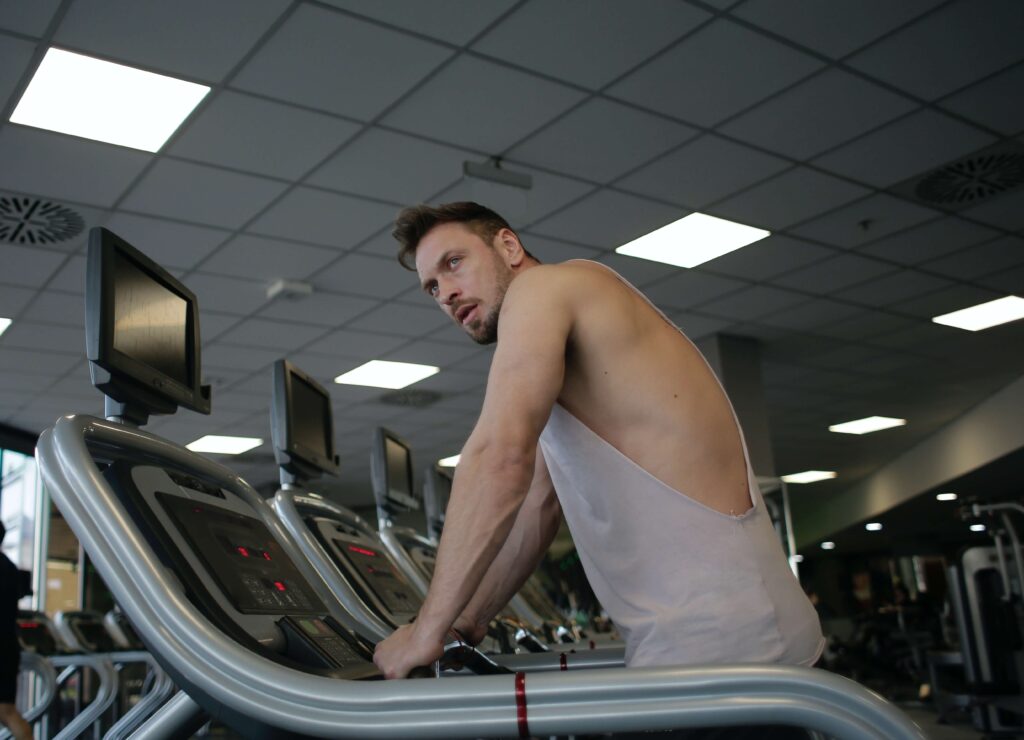
Do elevate your legs after training
After a long day of jogging or exercising, it’s best to let your legs rest and recover by elevating them slightly above heart level for around 10 minutes so that the blood flow will go back to normal. This also helps prevent swelling from forming in your lower body as well as preventing you from being sore at night when going to bed.
Do stretch your quadriceps
If you have problems with knee pains after a few miles of jogging, try to do some basic stretches for the front part of your thigh muscles – they’ll help give additional support to the kneecaps and lessen any pain or discomfort that it may cause.
Do take care of yourself after a long run
After going through a hard training routine, make sure to drink plenty of fluids afterwards in order to keep your body hydrated; as well as giving those joints enough time to rest by applying ice packs below the knees. Do this at least three times a day for about 20 minutes on each knee so that you can recover better even if there’s no marathon coming up.
Final Words
Runners should always consider their own physical limitations and endurance levels before running a long distance. But if all else fails, there’s always the option of using knee braces to support your joints while you run.
I hope that this article helps those who are still having problems in finding the answer of “Why Do My Knees Hurt on the Treadmill”! Feel free to share any comments or suggestions about this topic below.


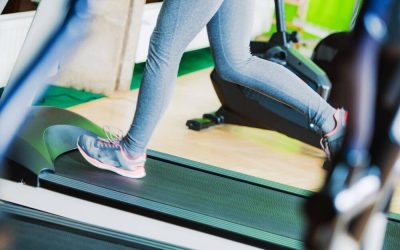


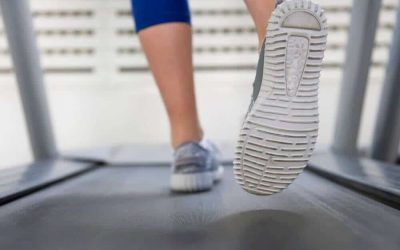

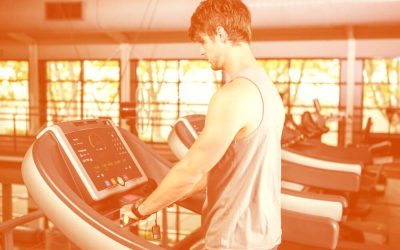


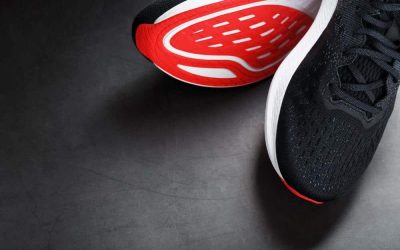
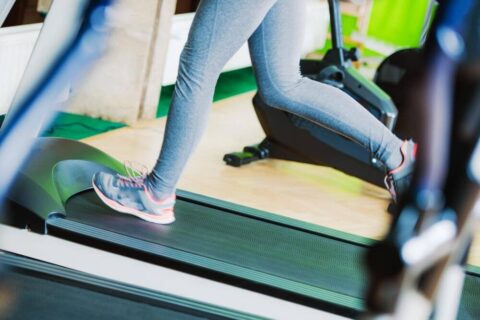
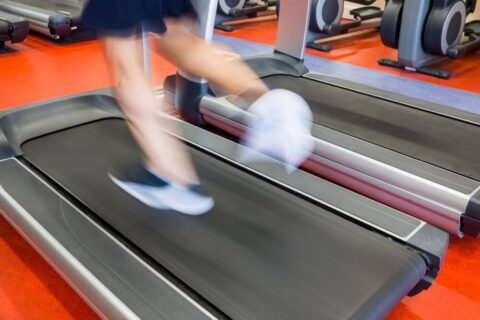

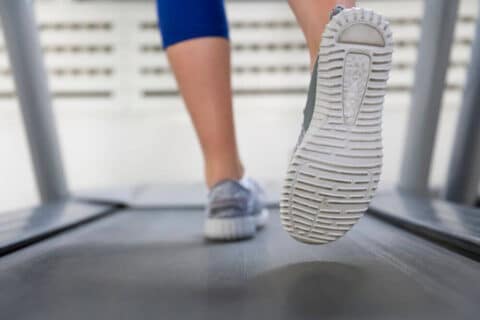


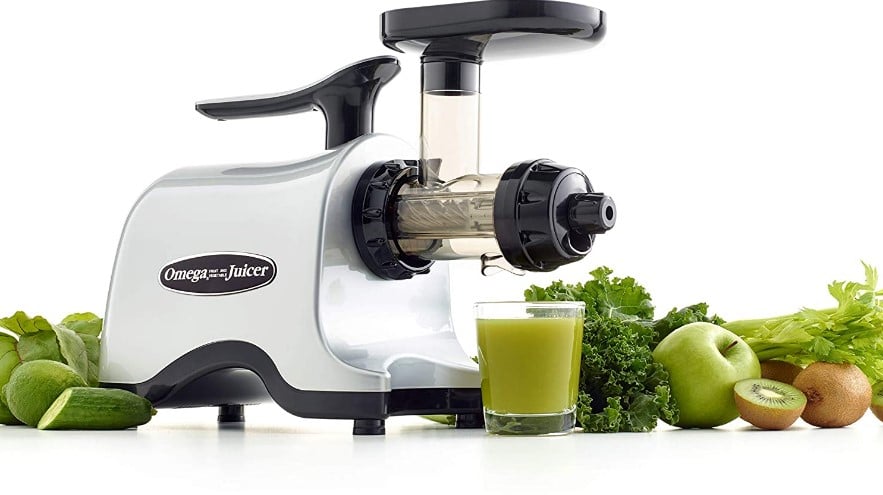


1 thought on “Why Do My Knees Hurt on the Treadmill?”
Thank you for the sensible critique. Me and my neighbor were just preparing to do some research on this. We got a grab a book from our local library but I think I learned more from this post. I am very glad to see such wonderful info being shared freely out there.